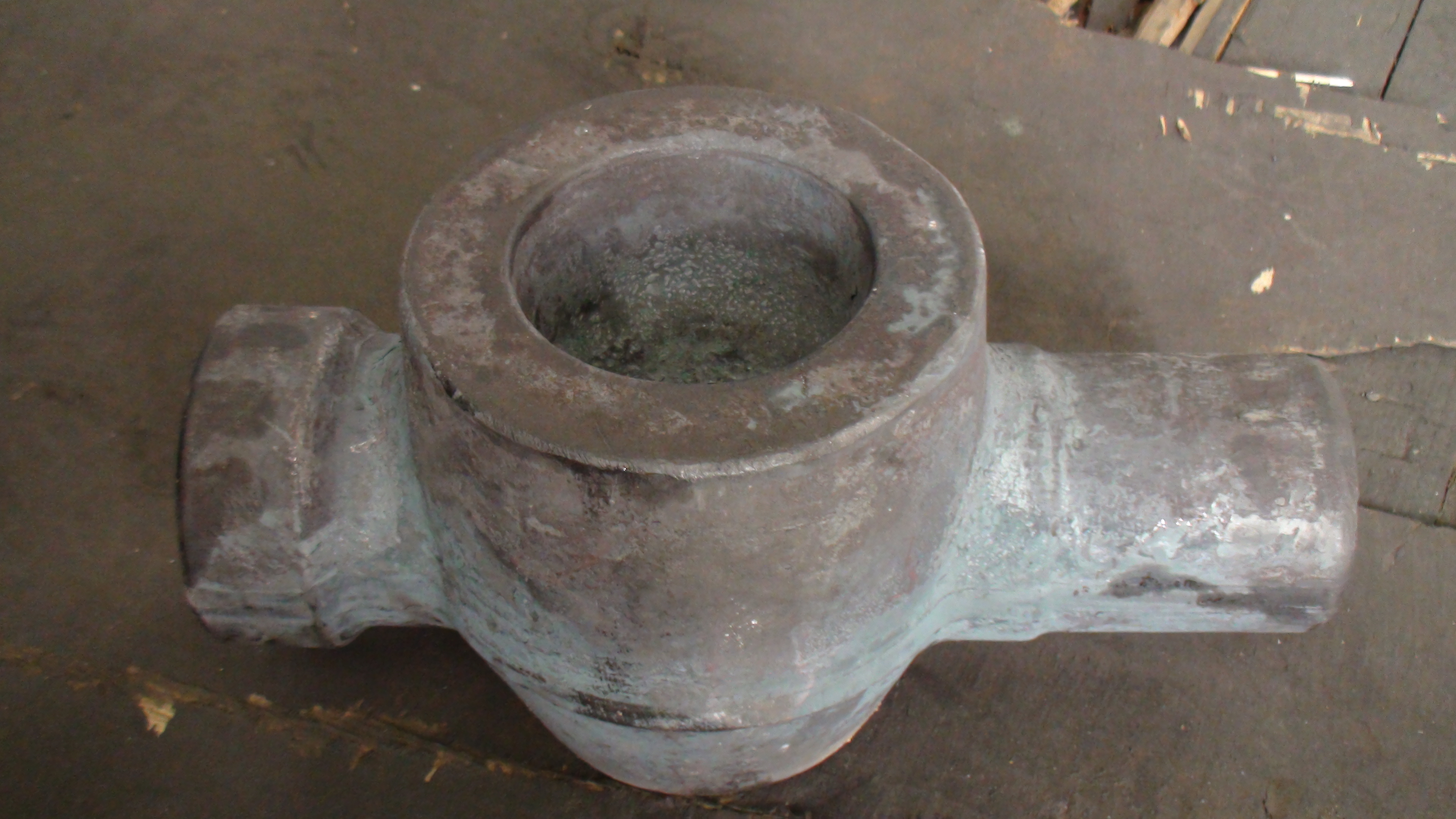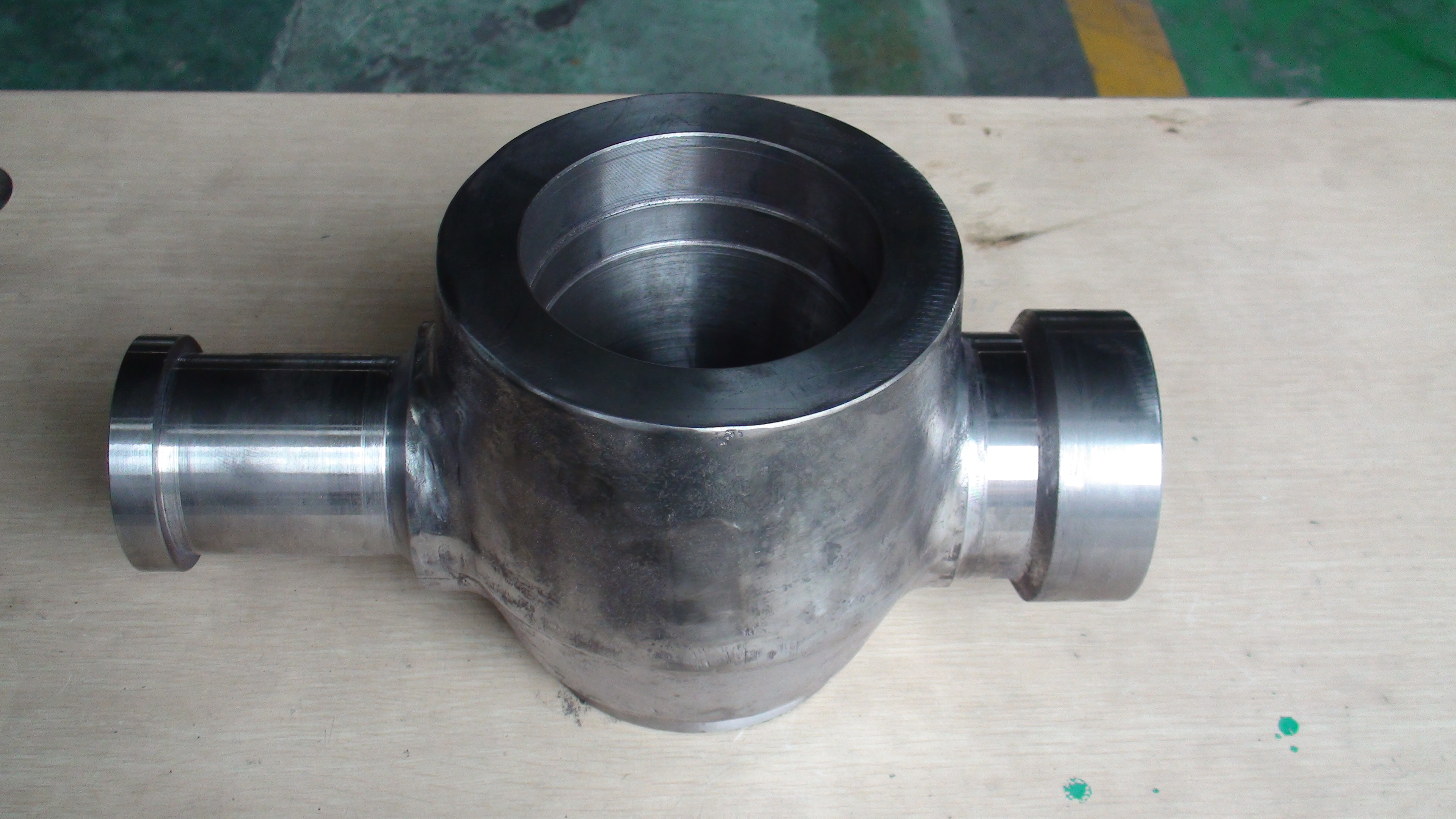

Views: 0 Author: Site Editor Publish Time: 2025-09-26 Origin: Site








The 300 series austenitic stainless steel has excellent oxidation resistance, intergranular stress corrosion resistance, and high temperature strength performance, and is widely used in the manufacturing of forging equipment such as nuclear power pipelines and valves. Valves are widely used media conveying and control equipment in nuclear power plants, and are an essential and important component in the safe operation of nuclear power plants. The pressure bearing components of valves mainly include valve bodies, valve covers, etc. An extremely important microstructural parameter for austenitic stainless steel forgings is grain size. Valve forgings generally require a body grain size of not less than level 3. If the forging process is not properly controlled, the grains and microstructure after forging will become coarse, which not only significantly reduces the mechanical performance indicators of the forging, but also affects the ultrasonic testing of the forging. If severe coarse and mixed grains cannot be eliminated, the forging can be directly judged as scrap.
To ensure the ultrasonic testing performance of 316L austenitic stainless steel forgings, measures such as reducing the forging heating temperature, shortening the forging heating insulation time, increasing the forging deformation, improving the uniformity of forging deformation, and controlling the final forging temperature below the phase transition temperature can be taken to ensure that the coarse as cast grains inside the forgings are fully broken, and the dynamic recrystallization nucleation of the forgings is fine grains. After forging, a uniform and refined room temperature structure is obtained by cooling, effectively avoiding the occurrence of mixed or coarse grain structures inside the forgings, obtaining a good metallographic structure with high grain size, and eliminating grass like echo defects in ultrasonic testing.


<code id="c2sa6"></code>
